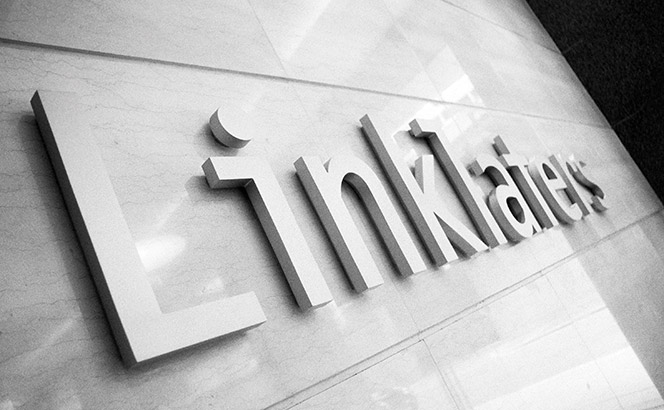As increasing numbers of derivatives players face a scramble to comply with Initial Market (IM) regulations, Linklaters has become the second Magic Circle firm in as many weeks to launch a service promising to take the pain and expense out of overhauling derivatives documents.
Linklaters has today [25 April] unveiled ISDA Create – IM at the International Swaps and Derivatives Association (ISDA) annual general meeting in Miami. The platform has been developed by Linklaters using its own Nakhoda AI data tool and is backed by global trade organisation ISDA.
The product comes to market exactly a week after A&O announced its own Margin Xchange solution to the challenges looming around mass repapering of documents wrought by the need for initial margin (IM) compliance. A&O’s product is a collaboration with derivatives service providers IHS Markit and SmartDX.
Both the Linklaters and A&O platforms are designed to allow numerous counterparties – including buy-side, sell-side and custodians – to create and negotiate IM collateral documents completely online and cost-efficiently.
They are driven by changes to IM rules which are being implemented in phases under the European Market Infrastructure Regulation (EMIR), with significant numbers of derivatives players required to comply in the run-up to 2020.
The IM regulations follow the introduction last year of changes governing variation margin (VM), which A&O anticipated in 2016 with the creation of MarginMatrix, an automation tool which has proved to be a significant revenue-spinner for the firm. That JV with Deloitte was the first time a Magic Circle firm collaborated with a Big Four accountancy firm.
The IM roll-out started in February 2017, applying only to entities with derivative books over €3trn, with the scope widening to include those with a notional value of €2.25trn in September 2017. It will be broadened again in September 2018 to €1.5trn. Up until now, the changes have only affected around 35 major banks with the highest value of derivatives and banks are likely to be the only entities within scope until next September.
By then, however, entities will only need to have €750bn of derivatives, closing in again to €8bn in the final September 2020 phase of the roll-out. This will mean that not only banks, but hedge funds, major insurers and asset managers will fall within the scope of the regulations.
‘VM compliance was a complete headache but is a walk in the park compared with IM’, Paul Cluley, derivatives partner at A&O told Legal Business.
‘IM is more expensive for parties to comply with than VM and more complicated to put in place. The types of assets you may want to post as collateral tend to be a lot broader and the collateral has to held with third-party custodians – the likes of Euroclear, Clearstream, JP Morgan, Bank of New York and State Street – all with their own documents and their own way of doing things.’
‘Margin Xchange will allow amendments to be made in real time, with negotiating teams working in parallel. You can put permissions on your negotiators to restrict what changes they can and can’t agree to, giving control and governance over the negotiation,’ Cluley added.
Doug Donahue, New York-based derivatives partner at Linklaters told Legal Business: ‘The ability to search an entire portfolio of agreements for a specific data point in a matter of seconds using the ISDA Create-IM platform is a real advantage.’ He added that the platform could have a wider use beyond meeting the IM regulations requirements for uncleared derivatives.
ISDA has mandated Linklaters to act as its global counsel in connection with the industry consultation and drafting of its next generation IM collateral documentation, scheduled to be published later this year.
‘It’s a powerful tool that that can entwine risk management elements into the everyday workflow, ensuring a level of quality control and audit control that just cannot happen to the same degree in the paper world,’ said Donahue.
‘The technology allows you to collect very valuable resource management information that can be used by market participants for everything from identifying negotiation bottlenecks to determining the size of the team necessary for a project,’ Donahue added.














